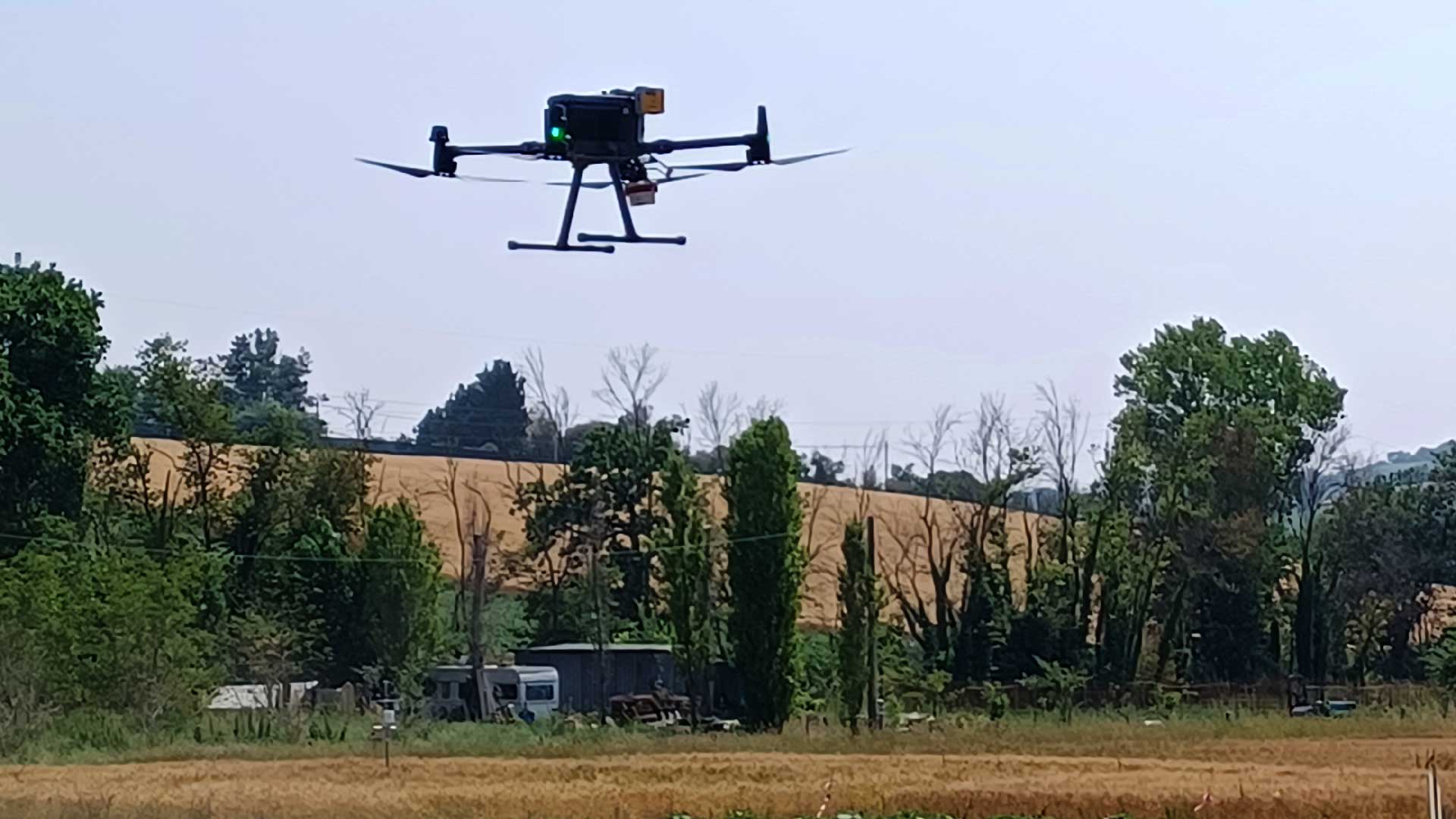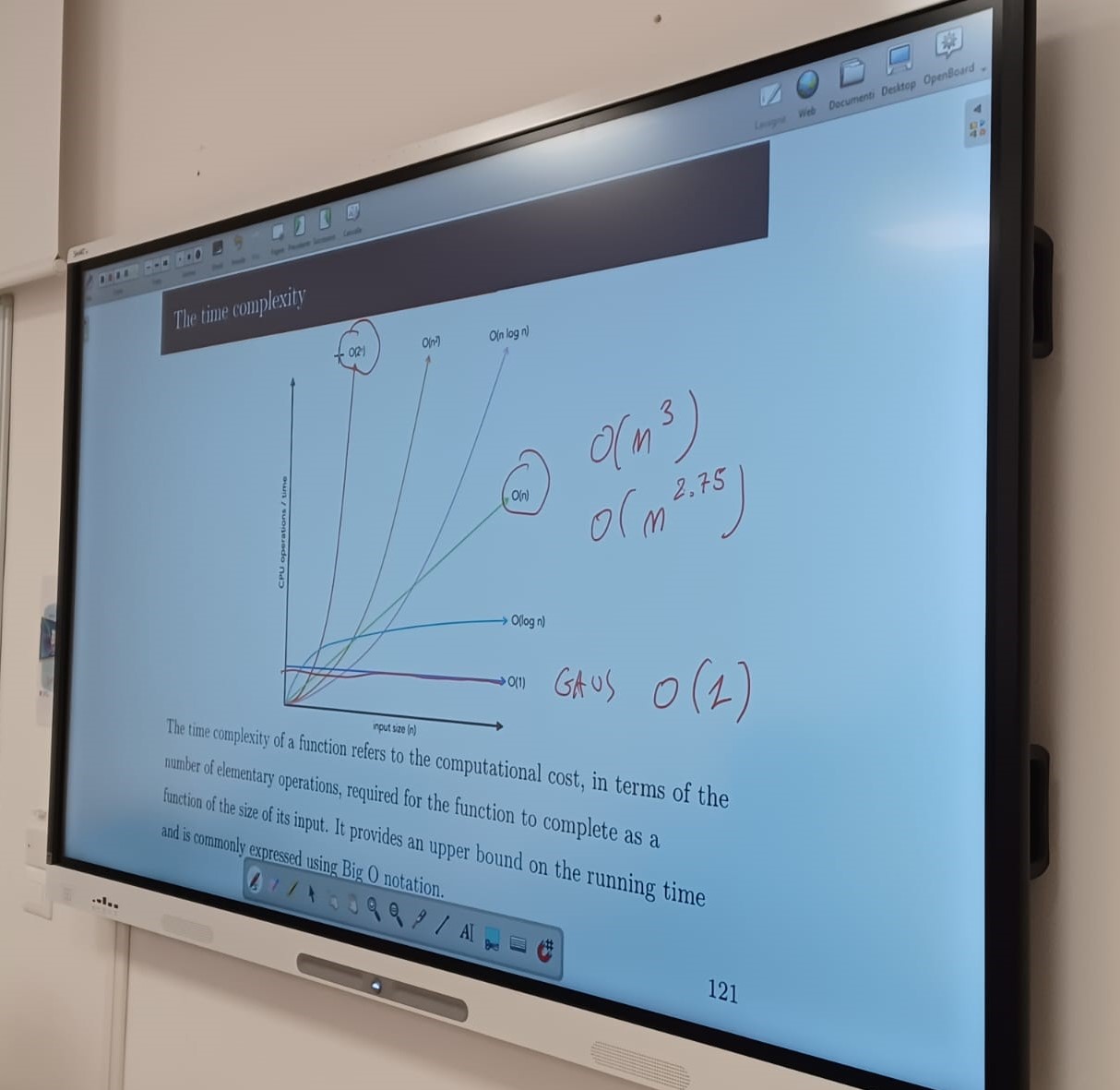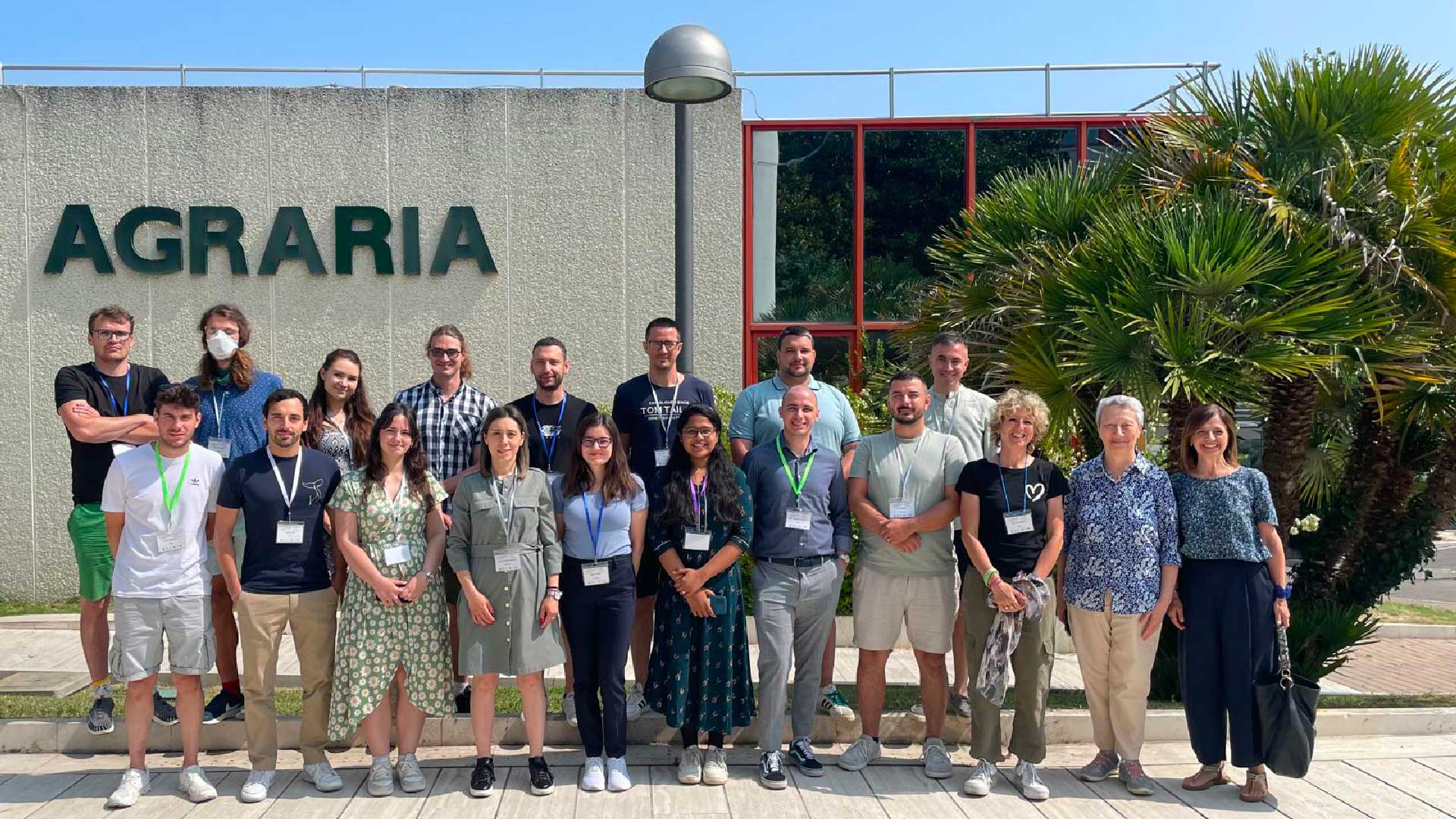An interesting recently published article accurately analyzes how agroclimatic information can reduce the risks of droughts and floods in Niger. The title of the article is “Evaluation of the Impact of Seasonal Agroclimatic Information Used for Early Warning and Farmer Communities’ Vulnerability Reduction in Southwestern Niger.”, the authors Seydou, T.H.; Agali, A.; Aissatou, S.; Seydou, T.B.; Issaka, L.; Ibrahim, B.M., and it was published on Climate 2023, 11, 31. https://doi.org/10.3390/cli11020031
The study surveyed communities in Niger and was conducted within the framework of the ANADIA project implemented by the National Meteorological Direction (NMD) of Niger. The results highlight that seasonal forecasts helped farmers make decisions about planting and harvesting crops, as well as managing livestock. For example, farmers were able to select the best sowing date for crops and plan for the return of livestock during transhumance.
Within the examined regions, 73.6% of individuals receive agroclimatic information, including comparisons between years, anomalies, long-term trends, climate projections, and seasonal forecasts. Almost all individuals (99%) receive meteorological information, which includes hourly and weekly weather forecasts.
According to the survey, 94.3% of respondents consider the information to be highly pertinent to the community’s needs. However, only 65.4% confirm that they receive helpful advice. Most respondents prioritize fundamental sectors such as agriculture and food security (77%), livestock (58%), health (49%), water resource management (44%), and disaster reduction (43%).
After attending the community awareness workshops on the use of climatic information, 82% of the populations surveyed in the eight municipalities of the study area reported changes in their habits and practices, while 18% continued with their usual way of doing things. Agricultural practice modifications are connected to various factors such as the timing of sowing, the variety of seeds employed, the areas for cultivation, and the methods of farming.

The release of agroclimatic information led to market speculation, with prices for agricultural products and livestock fluctuating depending on the projected configuration. However, despite these fluctuations, farmers were able to use the information to their advantage and reduce the risk of disaster, particularly floods and droughts. This led to fewer losses of human and animal lives and minimized the destruction of infrastructure.
The communities in Niger had a good understanding of the indicators of a good or bad season and had developed coping strategies to deal with climate adversities. For example, in a bad season with seasonal rainfall deficits, farmers used strategies such as selecting drought-resistant crops and focusing on animal husbandry.
The study highlights the need for a review of the climate information dissemination mechanism in the area, as only 10% of the population has access to information on seasonal forecasts of agroclimatic conditions. This review is crucial for building the resilience of communities to climate variability and change. Nonetheless, the study concludes that agrohydroclimatic early warning information can be a valuable tool for farmers in Niger and other regions affected by climate variability. To this end, it recommends strengthening agricultural policies and support for the farming sector to ensure that farmers have the resources and tools they need to adapt to changing climate conditions.






